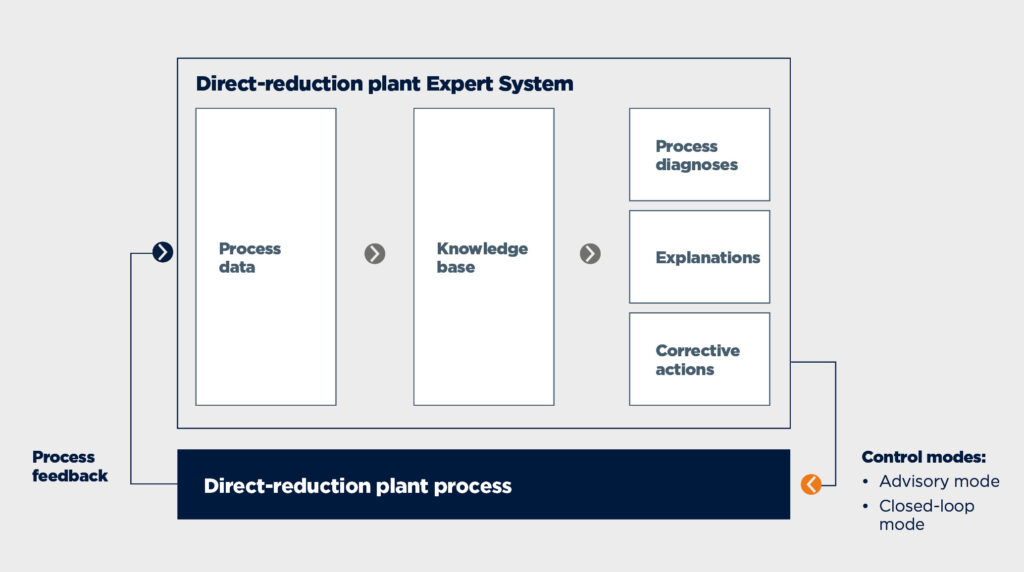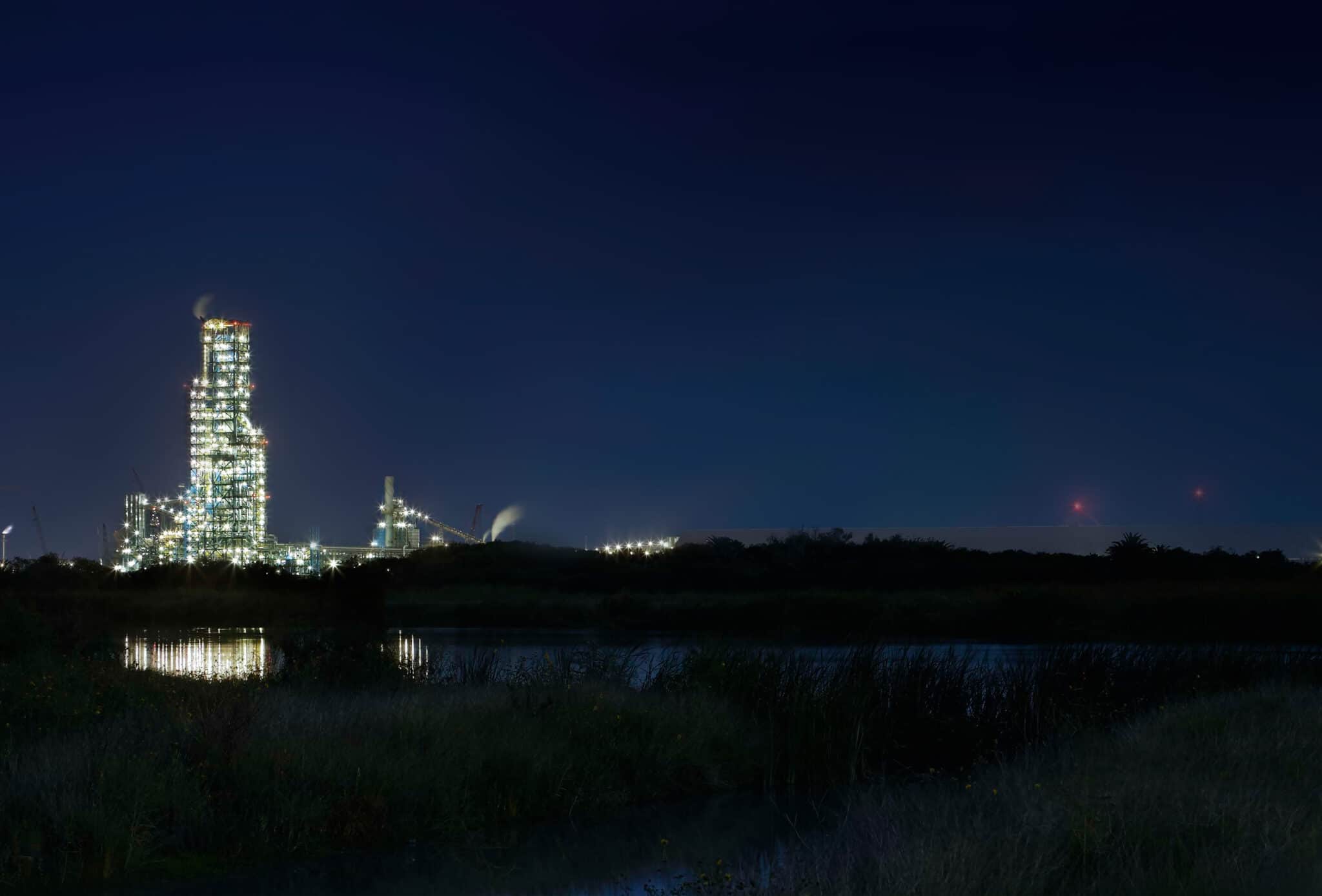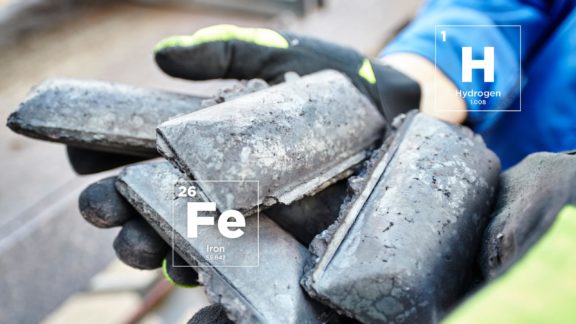Keeping the operation of MIDREX direct-reduction (DR) plants smooth and stable in order to produce consistent-quality direct-reduced iron can be a demanding task. But thorough process optimization is rewarded by considerable savings in the downstream area or by higher product prices on the market. One of the challenges for direct-reduction plant operators is to cope with the delay of several hours between a process change and the arrival of laboratory measurements performed on the resulting product. Primetals Technologies and its partner Midrex Technologies have therefore devised a new Level 2 process-optimization system called “DRIpax,” which more accurately predicts product quality based on sensor input and physical and mathematical models, and delivers the result hours faster than any laboratory could. The ability to predict metallization and carbon levels quickly after a change in the reduction process or in raw-material properties enables better control of DRI consistency. DRIpax thus typically reduces deviations from target values of metallization and carbon by about 30 percent.
The DRIpax DR Plant Expert System is a rule-based advisory system and was created to assist panel operators in decision making and—if the operator so chooses—make data-driven decisions entirely on its own in “closed-loop” mode. Among other things, the system helps avoid inconsistencies in plant operation due to shift changes.
At the heart of the Expert System is a knowledge base that incorporates comprehensive metallurgical and automation know-how from Primetals Technologies and Midrex as well as plant-specific operational know-how and control philosophies of the individual customers. In this sense, each customer gets an Expert System perfectly tailored to their needs.

Based on continuous observation and evaluation of the actual process conditions, the Expert System fulfills the following three essential tasks:
Provide process diagnoses:
The current situation of the plant is evaluated and process-relevant phenomena are identified.
Suggest corrective actions:
Based on the diagnoses, corrective actions are generated to avoid or counteract undesired process conditions. Appropriate plant set points are suggested to keep the process stable and run the plant close to
optimal process conditions.
Provide explanations:
A textual explanation is prepared to offer detailed background information regarding the current diagnoses and the corrective actions suggested to the operator.
Process evaluation is performed on a regular cycle every few minutes. The diagnoses, corrective actions, and explanations given by the Expert System are based on the logic defined in the knowledge base. An adaptive system design makes it easy to expand and adjust the Expert System to each individual type of Midrex DR plant. If required, diagnoses or corrective actions can easily be adjusted or added depending on the particular plant situation.
The Expert System has two operational modes with regard to the execution of suggested corrective actions: “advisory mode” and “closed-loop mode.” In advisory mode, the system merely suggests corrective actions to the operator, who can then either execute them or reject the suggestions. In this mode, suggestions by default expire after a pre-set period of time. In closed-loop mode, on the other hand, suggestions are automatically accepted and executed—after the expiration of a pre-set time period, during which the operator has the option to reject the suggestions.
In conjunction with the full scope of the DRIpax process optimization system, the Expert System represents a major step in the direction of fully automated quality control in DR ironmaking that is uniform across all operators and allows for shift-independent “best practice” plant operation.


